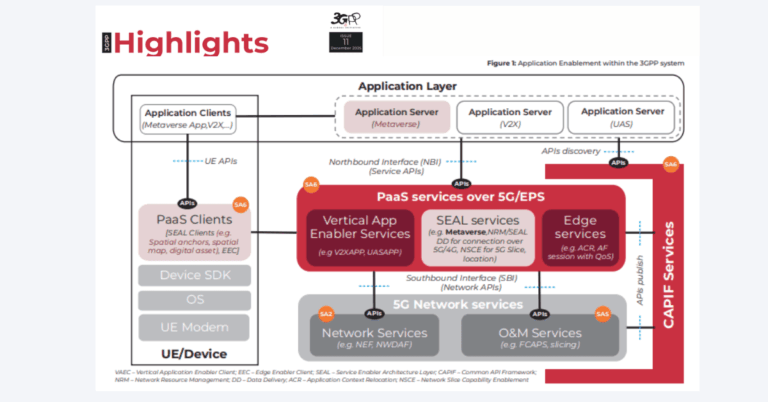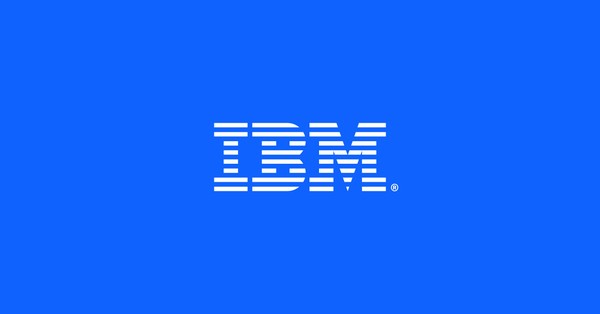1. What impact does Casa Systems filing for bankruptcy have on the 5G and cable assets sector?
Answer: Casa Systems’ filing for Chapter 11 bankruptcy represents a significant development within the telecommunications industry, particularly in the 5G core, RAN, and cable assets sectors. The company’s decision to reorganize rather than liquidate reflects a strategic effort to stabilize its operations and preserve value for stakeholders. The restructuring aims to reduce financial burdens while maintaining service continuity for customers and retaining employment where possible. However, Casa’s challenges mirror broader industry trends where increased competition and market consolidation pressure smaller entities. Significant reductions in RAN spending and shifts towards standalone network deployments have further strained companies like Casa that have traditionally relied on selling hardware-intensive solutions. This reorganization could lead to asset sales, potentially altering competitive dynamics as other companies might acquire valuable technologies at reduced prices. The outcome of Casa Systems’ restructuring could serve as a barometer for the financial health and strategic directions of similar firms within the sector.
2. Is the Department of Defense preparing to release 3GHz spectrum for 5G or 6G applications?
Answer: The potential release of the 3GHz spectrum by the Department of Defense (DoD) is a pivotal development in U.S. telecommunications policy, particularly for the advancement of 5G and possibly 6G technologies. The consideration of this spectrum release follows comprehensive assessments detailed in a DoD report which discusses how this bandwidth could be effectively utilized and shared. The emphasis on dynamic spectrum sharing suggests a model where the spectrum could be utilized by both government and commercial entities under certain conditions. This initiative could accelerate the deployment of more robust and widespread 5G services, and potentially lay the groundwork for 6G development by providing necessary bandwidth for emerging technologies. The strategic release of such spectrum also aligns with national interests in enhancing communication capabilities and fostering technological leadership. However, the secretive nature of the exact usage plans and the significant redactions in public documents indicate the sensitive balance between national security and commercial innovation.
3. Does Airspan’s reorganization breathe new life into its business model?
Answer: Airspan’s emergence from Chapter 11 bankruptcy as a private company marks a crucial turning point for the provider of Open RAN and small cell infrastructure. This reorganization has significantly cut their debts and attracted $95 million in new equity financing, suggesting a robust vote of confidence from investors. Airspan’s focus remains sharply on the burgeoning sectors of Open RAN and private networks—areas poised for growth as the industry shifts towards more flexible, scalable network architectures. The financial restructuring could enable Airspan to realign its strategic focus towards innovation and market expansion, potentially allowing it to regain and expand its footing in the competitive landscape. By shedding some of its previous financial burdens, Airspan may now be better positioned to capitalize on new opportunities and partnerships, driving forward the adoption of Open RAN technologies which are central to the evolution of 5G networks.
4. Is Huawei on the road to recovery with its latest $99 billion earnings, and what does this mean for Qualcomm?
Answer: Huawei’s recent financial success, posting nearly $100 billion in revenues, signals a strong recovery and a defiant stance against the international sanctions that have targeted its operations. This recovery is significant not just for Huawei but for the global telecom industry, as it reflects the company’s ability to adapt and innovate in the face of adversity. For Qualcomm, Huawei’s resurgence presents both challenges and opportunities. The Chinese tech giant’s increasing market share in smartphones and its expansion into the automotive sector could potentially displace market areas traditionally dominated by Qualcomm, especially in China. Huawei’s use of its own chipset technologies reduces its reliance on foreign suppliers like Qualcomm, which could impact Qualcomm’s revenue streams from one of its largest markets. However, this scenario also pressures Qualcomm to innovate and diversify its offerings to compete effectively. Moreover, the geopolitical implications of Huawei’s recovery may influence future technology trade policies, affecting Qualcomm’s strategic decisions.
5. Has Reliance Jio’s achievement of 100 million 5G subscribers set the stage for further spectrum investment?
Answer: Reliance Jio reaching 100 million 5G subscribers not only underscores its dominance in the Indian telecom market but also highlights the rapid adoption of 5G technologies in one of the world’s largest consumer bases. This landmark achievement has positioned Jio as a leader in the global 5G landscape, demonstrating the scalability and effectiveness of its network deployment strategies. The upcoming spectrum auctions present an opportunity for Jio to further consolidate its leadership by acquiring additional spectrum that would enhance its network capacity and coverage. Given Jio’s history of aggressive spectrum acquisition and investment in technology infrastructure, it is highly probable that the company will continue to invest heavily in these resources to maintain its competitive edge. This strategy not only supports Jio’s market expansion but also accelerates India’s digital transformation, potentially catalyzing a wider economic impact through enhanced 5G services and applications.
6. What are the implications of the AT&T data breach affecting 73 million customers?
Answer: The AT&T data breach impacting 73 million customers highlights significant vulnerabilities in data security practices amidst the increasing complexity of telecommunications networks. This breach has profound implications for consumer trust and regulatory scrutiny, as sensitive personal information was compromised. The incident necessitates a thorough reassessment of security protocols and response strategies by AT&T and similar organizations. It also underscores the need for robust cybersecurity measures that can adapt to the evolving tactics of cyber attackers. The breach may lead to enhanced regulatory requirements for data protection and could influence broader industry standards on cybersecurity. For AT&T, this event is a critical juncture to bolster its security measures, potentially through investments in advanced security technologies and comprehensive risk management strategies. The response to this breach will be crucial in restoring customer confidence and ensuring the integrity of AT&T’s services in an increasingly data-driven world.
These discussions between Will and Anshel provide a glimpse into the ongoing dynamics and challenges in the telecommunications sector, particularly around 5G deployment and security. As these technologies evolve, so too does the landscape of opportunities and threats, underscoring the need for continuous innovation and vigilance in the industry.









































